At the University of Vermont (UVM), I remember not wanting to walk on the concrete sidewalk between the Student Center and the Library because it was not convenient. Instead, I joined thousands of other students who took the shortcut straight across the grass of the University Green. In time our beautiful green had a noticeable brown path across it that our feet had eroded.
Without knowing it, we had created our own trail. A user-created trail like this is made by repeated human use and was not originally designed or built by urban or backcountry planners. Eventually, my University decided to bring this trail into their system and pave this pathway. It became a system trail, specifically designed and built for human use.
Did UVM lose some of its aesthetic appeal by building a concrete path through the center of the University Green? ABSOLUTELY! However, was it a more sensible path that the students would actually use? ABSOLUTELY!
How does this relate to the forest?
I’m out of school now and in the middle of the San Bernardino National Forest, but I’m dealing with this same issue: how do you meet the needs of a trail user and at the same time reduce the impact of erosion on the environment? This is the problem that was addressed when I met in Big Bear, California with Forest Service Ranger Marc Stamer, Forest Service Hydrologist Rob Taylor, Bear Valley Trails Foundation member Driz Cook, San Diego State Civil Engineering Professor Alicia Kinoshita and her graduate student Ian Crano.
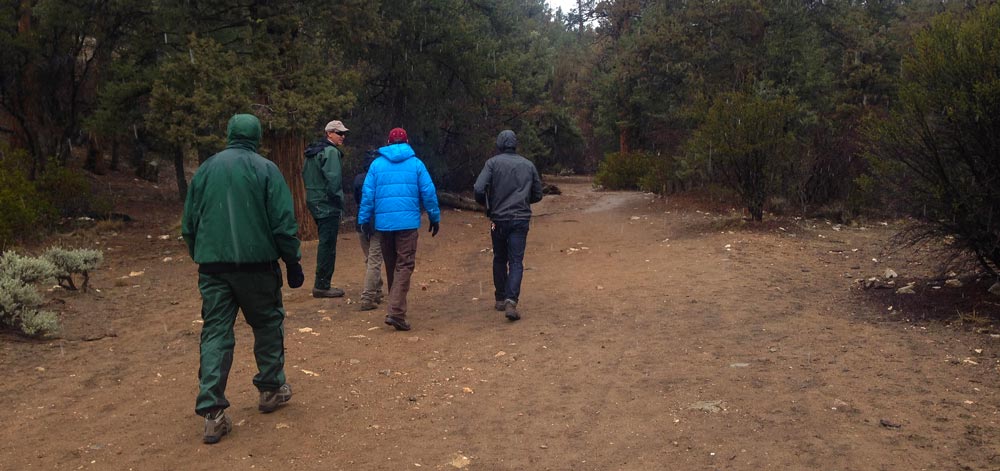 These local officials, outdoor enthusiasts, and researchers are trying to come up with a plan to improve the water quality of the Big Bear Lake watershed by addressing the trail erosion and soil depositional impacts of a large and unorganized user-created trail system. If done right, this plan will offer a more complete outdoor recreation and education opportunity to the public without detrimental effects to the local ecosystem.
These local officials, outdoor enthusiasts, and researchers are trying to come up with a plan to improve the water quality of the Big Bear Lake watershed by addressing the trail erosion and soil depositional impacts of a large and unorganized user-created trail system. If done right, this plan will offer a more complete outdoor recreation and education opportunity to the public without detrimental effects to the local ecosystem.
Marc Stamer, the local District Forest Ranger, stated “I am a steward for the land and I work for the people.”
His job is to manage a trail system that protects the forest as well as provides multiple opportunities for people to explore the outdoors. He explained that while everyone wants to have a trail out of their backyard because it’s convenient, this just isn’t sustainable for our forests. We must create a system that gives the people what they want, at a manageable expense to the tax payers, and also protects our local environment.
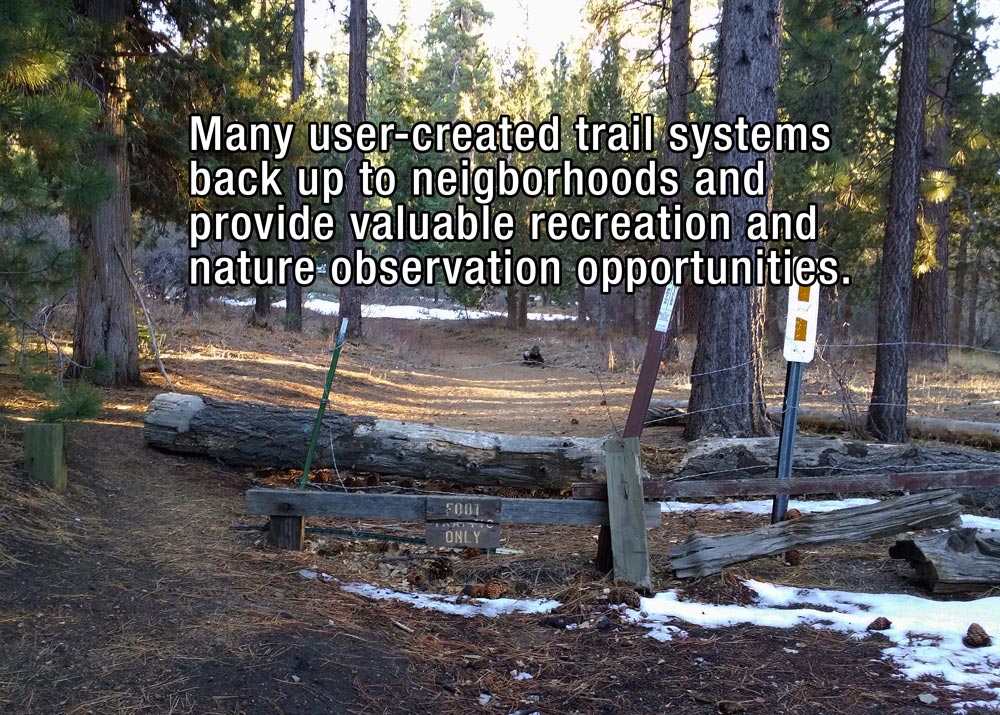
What do the people want from trails?
People want a safe, natural haven for hiking, running, bicycling, horseback riding, family events, and social outings. They want trails that are signed well and make it possible to both exercise and see beautiful places in the national forest. Users want trails that connect neighborhoods so that they can stay off city streets. At the same time, they want the trails themselves to be usable, aesthetically pleasing, and easily accessible. And don’t forget about motorized vehicles as well; trails for ATV’s and dirt bikes are an important tourism draw for the Big Bear Valley.
What’s wrong with user-created trails?
The San Bernardino National Forest is a huge destination for recreational activities and many people spend their time on officially designated system trails that the forest service can manage and maintain. However, a large amount of people also use an ever increasing network of user-created trails that have no oversight or maintenance.
These trails are not on official maps, do not have designated trailheads, and have no organized signage. Most times you hear about these trails from a friend or come across these trails by just wandering through the National Forest.
Many times these user trails are created by accident. It might start when a motorcycle goes off road, drives up the side of a hill, and leaves a track. Another recreationalist sees this and follows the tire marks. It doesn’t take many more people following and there is a brand new, non-system, user-created trail. Many times these unauthorized trails cut through sensitive plant areas and threaten wildlife. On top of this, they may destroy historically valuable cultural sites or Yuhaviatum artifacts.
One of the biggest problems, though, of user-created trails is that they threaten Big Bear’s watershed because of erosion and soil deposition.
Erosion and Soil Deposition
Erosion happens naturally due to wind, water, and gravity. However, it is expedited by human use. We tend to not think about the long term consequences of our actions, but impacts on soil and vegetation occur rapidly.
Repeated use of these unmarked trails removes the local vegetation which holds the soil in place on the side of that hill. If snow or rain hits that exact spot before the plants can regrow, there will be nothing left to hold that soil in place and human-caused erosion will take place. The water will wash the soil down the hill and it will eventually end up in our drinking water sources. This moving of soil, rocks, and sediments from one location to another is known as deposition.
Why is deposition a big deal?
Deposition caused by erosion can be a source of pollution. Nonpoint source pollution is caused by “rainfall or snowmelt moving over and through the ground. As the runoff moves, it picks up and carries away natural and human-made pollutants, finally depositing them into lakes, rivers, wetlands, coastal waters and ground waters”1.
Excessive amounts of soil deposits can also cause turbidity, which is when water turns cloudy and the amount of light penetrating the water is reduced. This is the beginning of a chain of events that affects plants, fish, animals, and even water purification systems2.
Excessive soil deposits into water ways affect our water sources.
According to the EPA, “States report that nonpoint source pollution is the leading remaining cause of water quality problems”3. The Federal Clean Water Act is the primary federal law that sets standards for water quality. Big Bear Lake, as well as local waterways Grout Creek, Knickerbocker Creek, and Rathbun Creek have all been placed on the Federal Clean Water Act’s list of impaired waters4.
All of these areas are part of the Santa Ana River Watershed, which directly supplies the city of Redlands (and many more areas) with drinking water5.
How do we fix the issue?
Again, the issue is “how do we meet the needs of a trail user and at the same time reduce the impact of erosion on the local watershed”? The University of Vermont had a choice to make regarding the path across the green; they had to either allow it or prevent it. The trail that was created by students at UVM across the Green was eventually approved because there was a general need for it by the students.
This is not any different from the trails that are created in Big Bear. Planners must understand the importance of including people of all ages, socio-economic statuses, abilities, and activities when designing a trail system. But these trails can’t just meet user needs. They have to protect the surrounding environment as well.
As it is right now, many of the user-created trails in Big Bear are contributing to the degradation of the watershed through soil deposition and erosion. It also seems that more people are coming up to Big Bear every year to get out and enjoy nature, and these user-created trails are an important part of their experience.
Now it’s up to local officials, outdoor enthusiasts, and researchers to work together and come up with a plan that can make both trail users and the environment happy.
Driz Cook contributed to this article.
At High Trails Outdoor Science School, we literally force our instructors to write about elementary outdoor education, teaching outside, learning outside, our dirty classroom (the forest…gosh), environmental science, outdoor science, and all other tree hugging student and kid loving things that keep us engaged, passionate, driven, loving our job, digging our life, and spreading the word to anyone whose attention we can hold for long enough to actually make it through reading this entire sentence. Whew…. www.dirtyclassroom.com


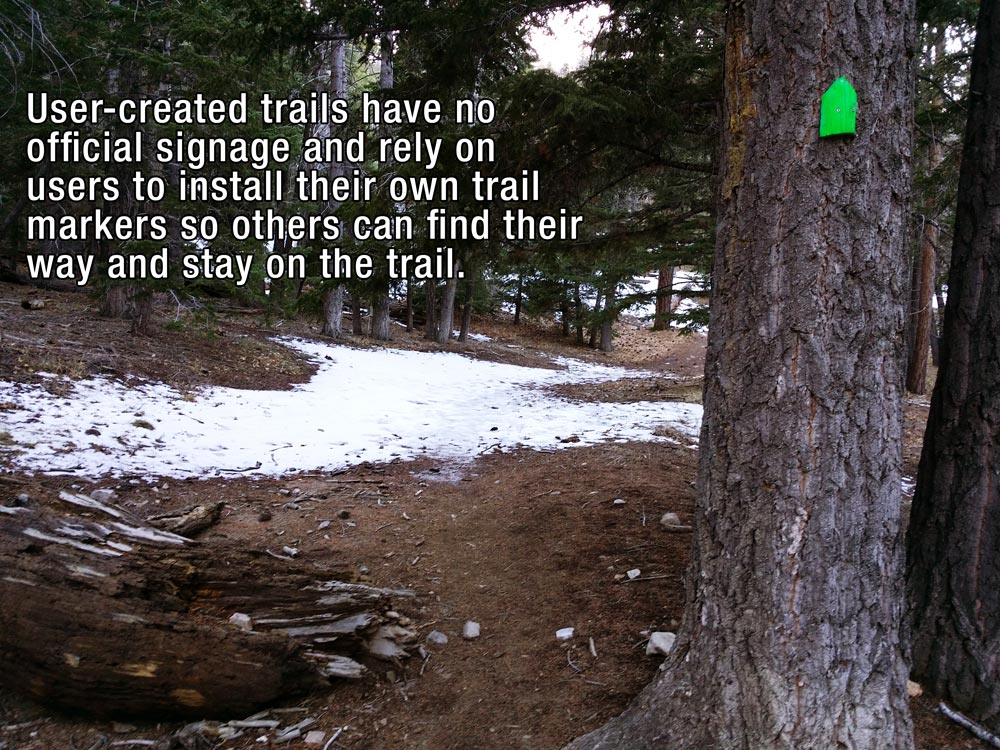
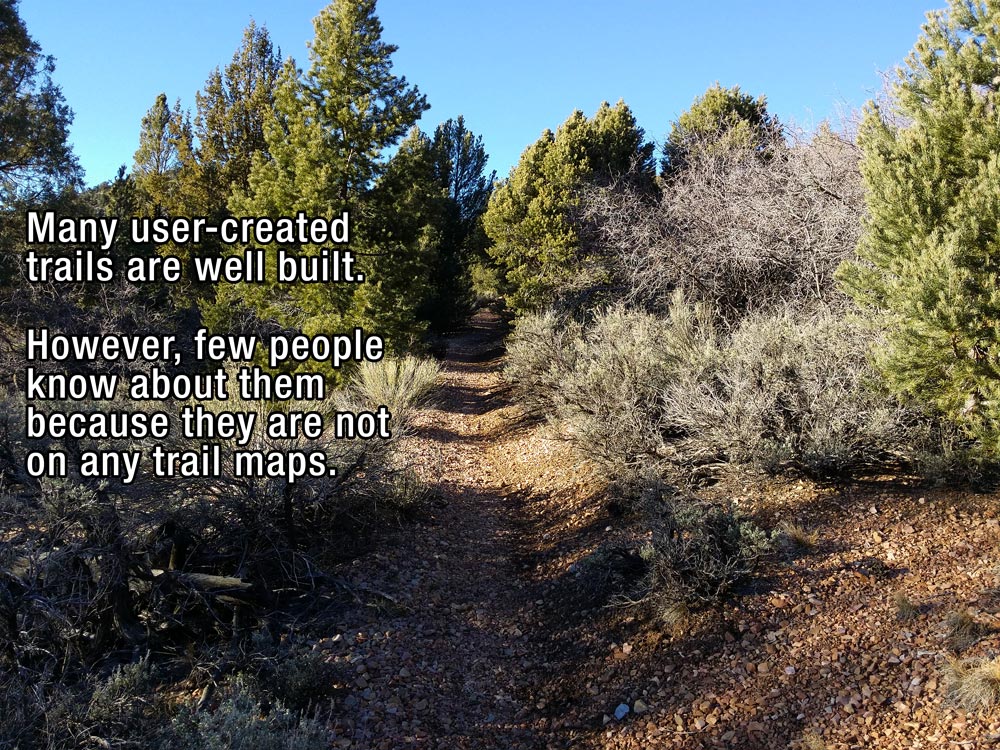
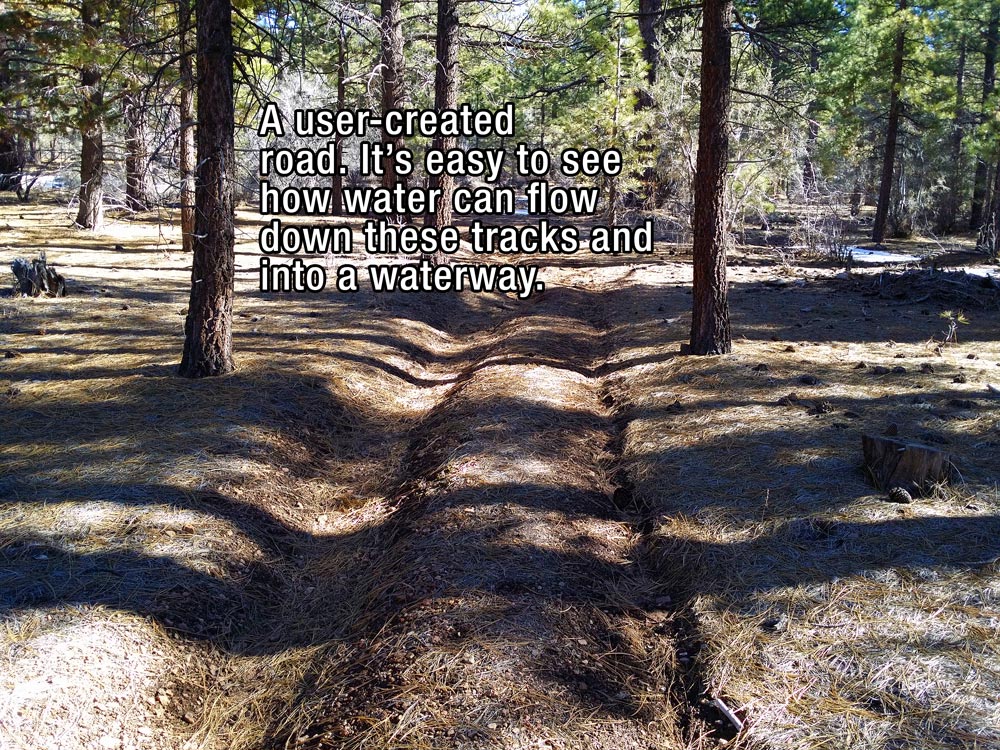


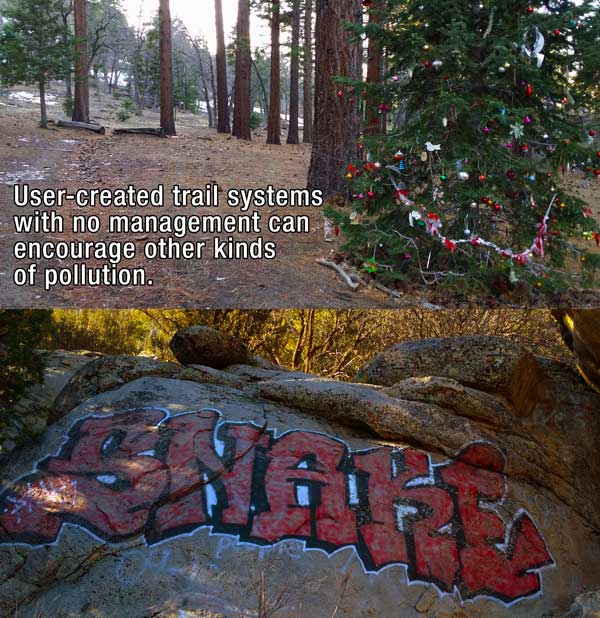
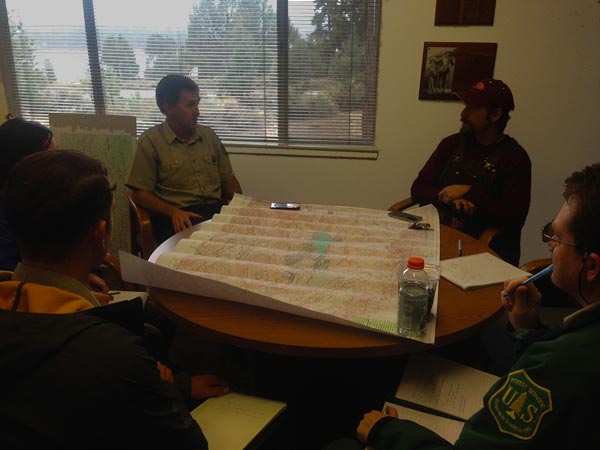
Comments are closed.